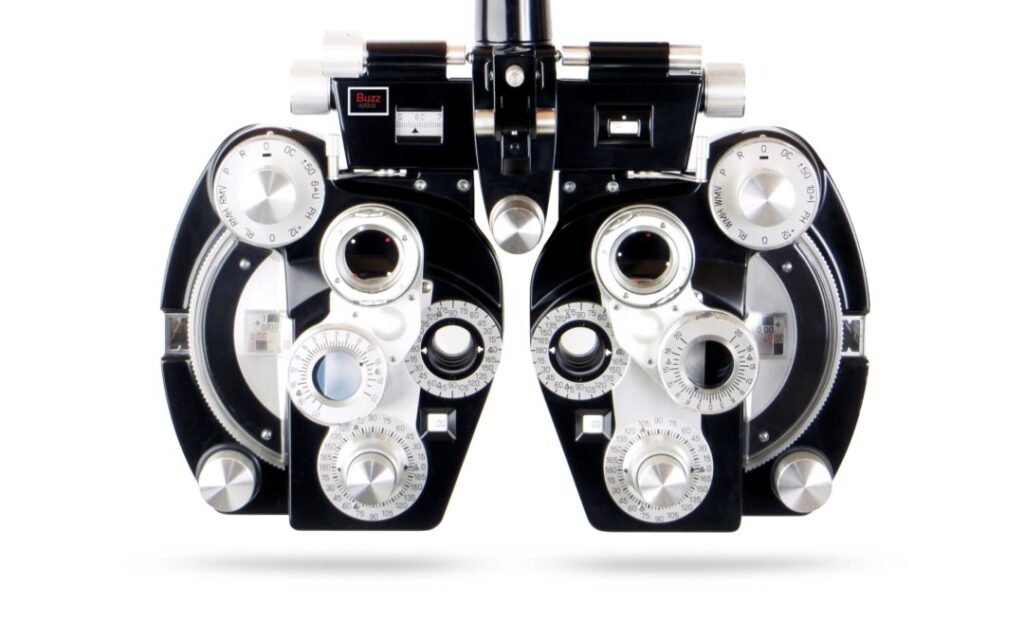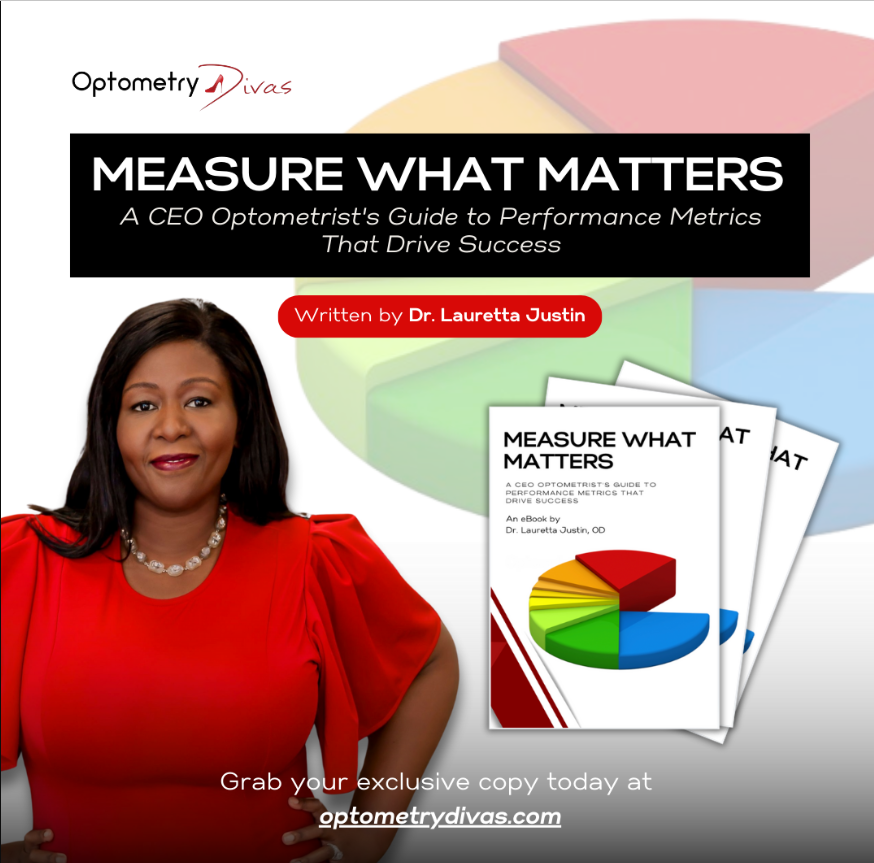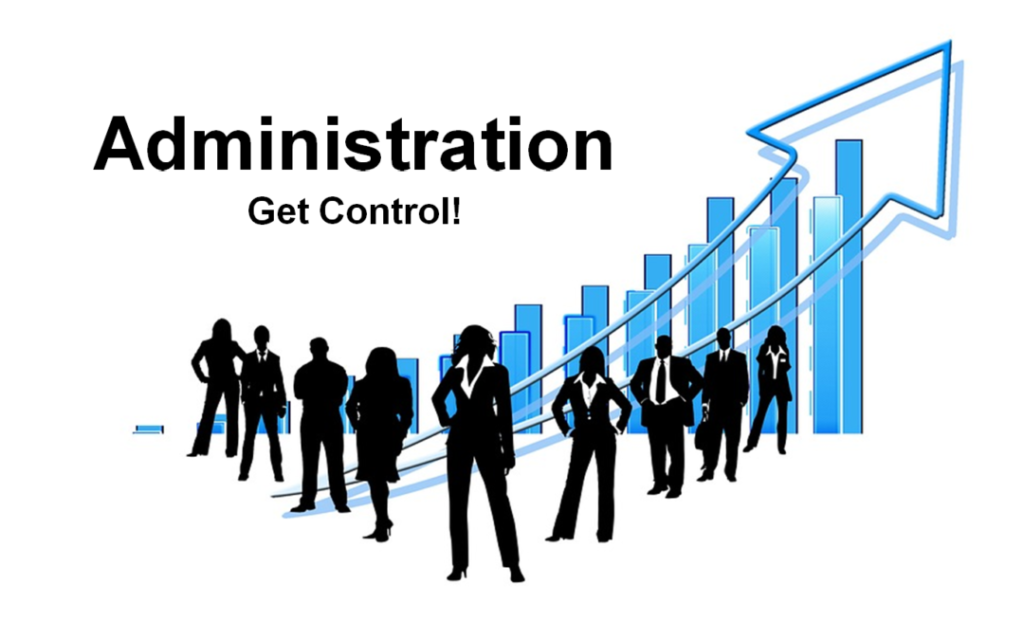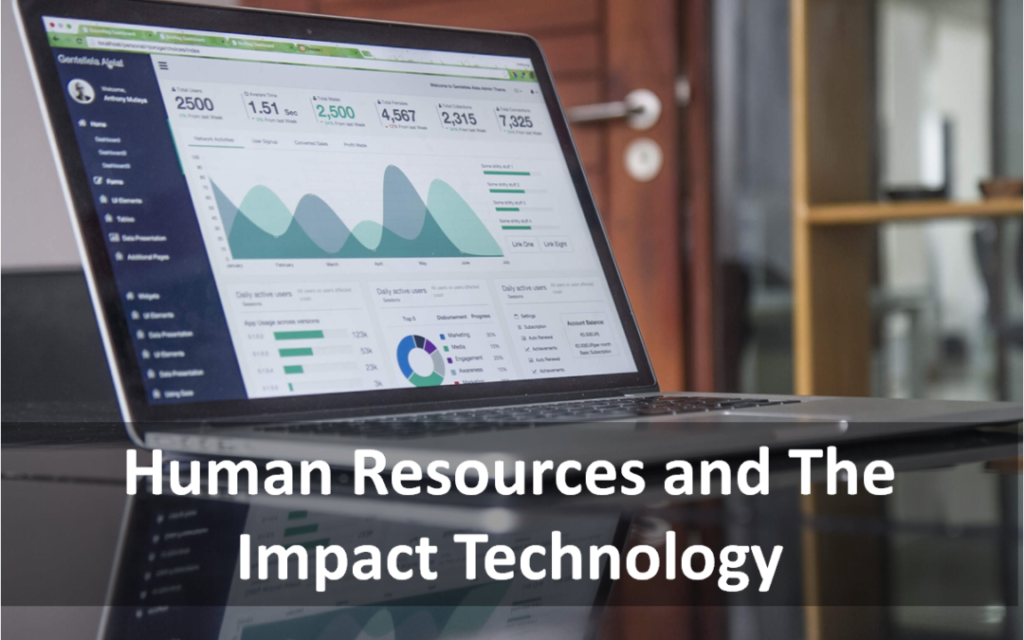5 Tips To Help The CEO Optometrist Make The Right Equipment Purchase

5 Tips To Help The CEO Optometrist Make The Right Equipment Purchase
Buying new equipment for your practice can feel very exciting. However, before you sign on the dotted lines and make that leap, you should consider a few things. First, decide which category of equipment you want to buy.
Every technology (hardware or software) in your practice should be classified into one of two categories:
- Direct Revenue Generating Technology
- Operation Support Technology
An example of a direct revenue-generating technology is the OCT. Almost every scan is billable to the patient or a 3rd party payer. With the right fee schedule, this equipment can directly affect your bottom line and generate revenue.
An example of an operation support technology is Voice Over IP (VOIP) phone systems. Such technology may impact your bottom line, but only if it improves efficiency and productivity. The impact is not direct and thus harder to predict and control.
That is why It is important to classify a piece of equipment into one of these categories before you buy so you can have the right expectations. The right equipment can improve your quality of care, your processes, productivity, capacity, and bottom line.
But to get those results from such a major investment, you need the right strategy. Not only will you save time and resources, but with the right strategy, you’ll also avoid costly mistakes.
These five tips will help the CEO Optometrist develop a “Winning Strategy” for making smart equipment purchases.
1. Assess your business reality
It is important to understand your objectives when buying your equipment. Here are some questions to consider before you start looking.
- Will this equipment generate revenue? If so, how much? You need the numbers, only they can tell you the facts.
- If this equipment won’t generate revenue directly, will it increase productivity thus indirectly generate revenue? Is this technology going to be only for operation support?
- Will this new equipment make you more competitive in the marketplace? If so, how?
- Can you upgrade your current equipment instead of buying a new one and still get better performance?
- Do you need the latest technology or can you buy an older model and still get the same performance?
Be sure you have answers to these questions before you buy. Avoid being influenced by aggressive reps and marketing campaigns that make unrealistic claims.
2. Get an external point of view
Depending on the scale of your investment, it may be worth working with a consultant who can ensure you make the most of your purchase by helping you assess your needs.
Initially, you’ll be looking at important factors such as capacity, employee usage, and current resources. The most common practice is to do a cost-benefit analysis, which helps you justify your purchase and determine the pros and cons. Click HERE to download a sample of a cost-benefit analysis worksheet.
If you need help with this email me and I’ll do my best to help.
3. Keep training in mind
All too often, practice owners don’t consider the time, money and resources required to train employees on new equipment. You want to avoid the productivity drop that occurs when employees take too much time to adapt to new technology or processes.
If the equipment is new or has new features, you can assume employees will face a learning curve. It’s important to head off problems by ensuring that you have the financing in place to address the resulting downtime. You’ll need to block off time to train employees and still be sure that your practice can run at capacity.
4. Decide whether you want to purchase or finance the equipment
Purchasing enables you to own the equipment as soon as the transaction is completed. It is the ideal option if you have the available capital.
Another way you can purchase equipment is to finance it. Some companies offer 100% financing for the cost of the purchase and the cost of installation, training, shipping and handling.
Financing can make your payments lower than they would be if you purchased the equipment outright. However, remember that you do not own the equipment, and you will have to wait until the contract ends to buy it. The price you pay at the end of the contract may be higher than the initial price. Because of interest, leasing may cost more in the long run than purchasing.
If you are able to get a 0% interest financing, get that instead as it will save you a lot of money as long as you pay off the balance by the deadline. Make sure you consult your budget before signing a leasing document to ensure you can afford the payments.
5. Shop around
The Internet gives you access to a wide range of Optical equipment companies, so take the time to browse. Check out newsletters targeting specific industries, and attend trade shows where you can get some hands-on time with equipment. You can also visit other practices that already has the equipment you want to buy to get feedback.
Don’t let price alone guide you in your decision. Also, consider aspects such as post-sales service and the company’s customer service reputation, and get references. Reach out to companies you currently do business with and see if they have a similar model. If you’re a loyal customer, you may get better warranties or an extended customer service plan.
If you are part of an industry group that offers discounts to members, be sure to utilize those discounts. Many of those groups have premium vendors who give real deep discounts to their members. Remember to check them out first to maximize your savings.
In Conclusion
As I said earlier, the right equipment can improve your processes, productivity, and your bottom line.
But to get those results from a major investment, you need the right strategy. Not only will you save time and resources, but you’ll also avoid unnecessary costs.
These five tips will help the CEO Optometrist develop a “Winning Strategy” for making smart equipment purchases.






Responses